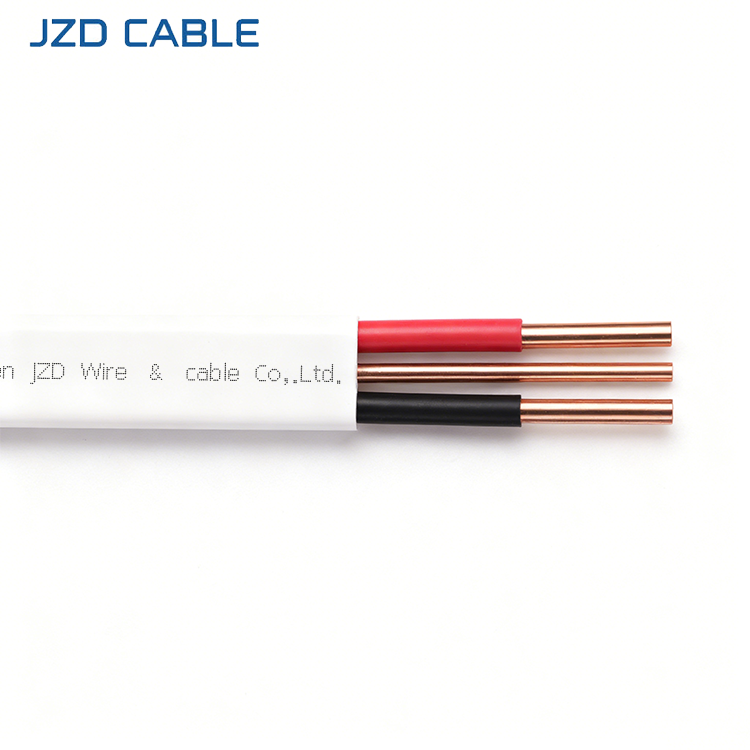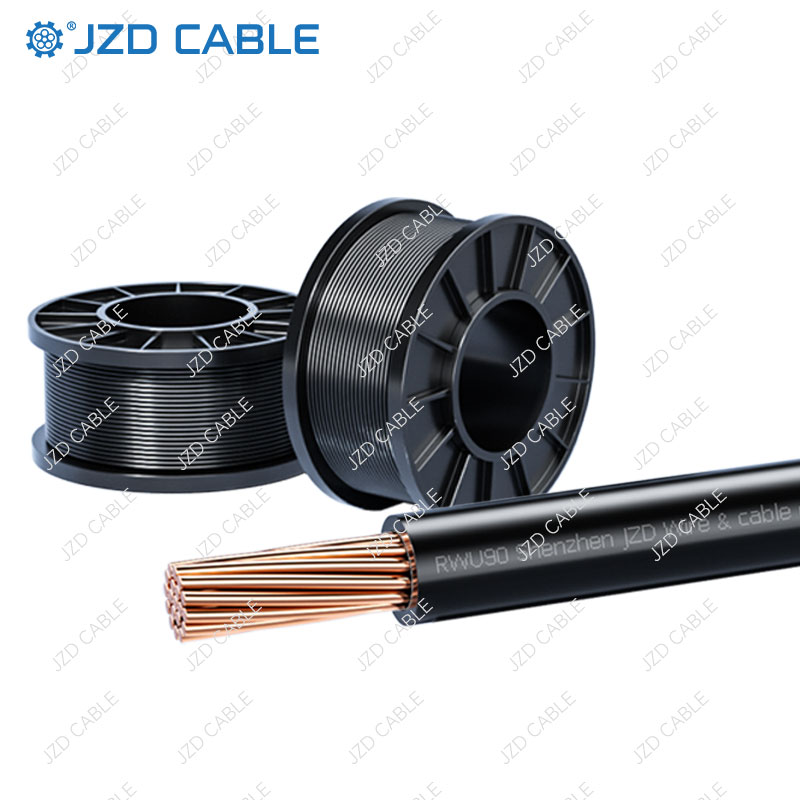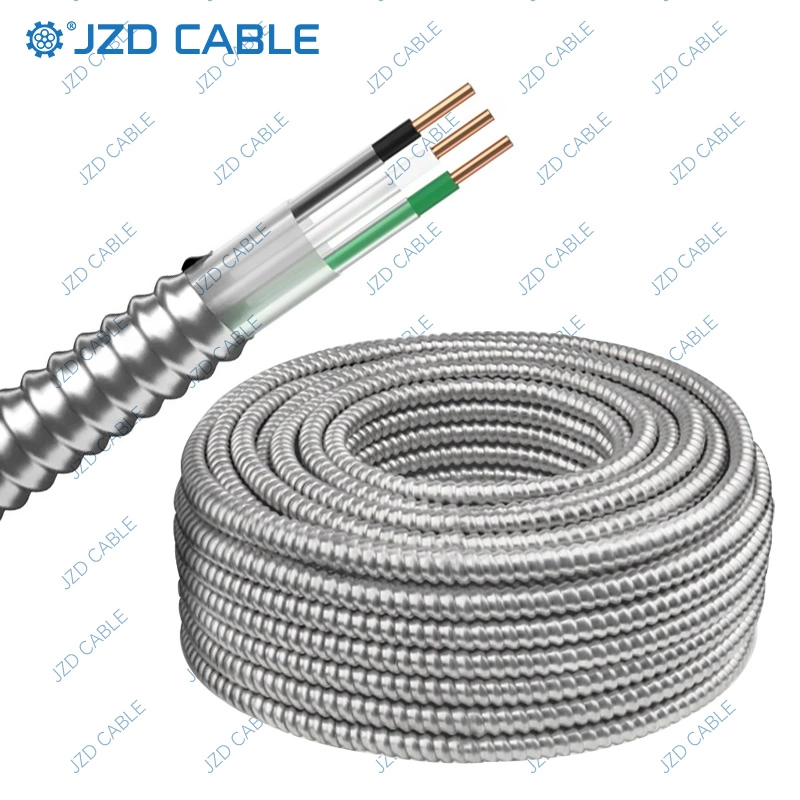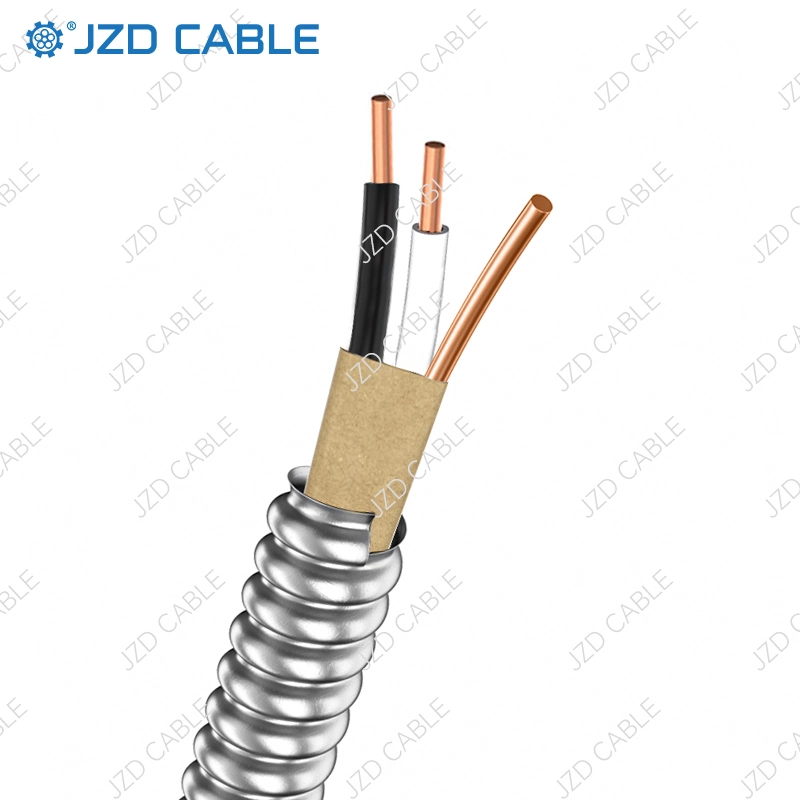In the realm of electrical wiring, selecting a cable that is safe, compliant, and easy to install is paramount. The SDI Cable, a sheathed wire meeting Australian standards, stands out for its unique construction and reliable performance in various fixed installation scenarios. This article delves into the specifics of SDI Cable and how it serves as a robust foundation for your projects.
What is SDI Cable?
Structural Design
- Conductor: Stranded or single-core copper wire compliant with AS1125 standards.
- Insulation: Special PVC V-90 core insulation, typically available in black, red, or white.
- Sheath: Special PVC 3V-90 outer sheath, generally black or white.
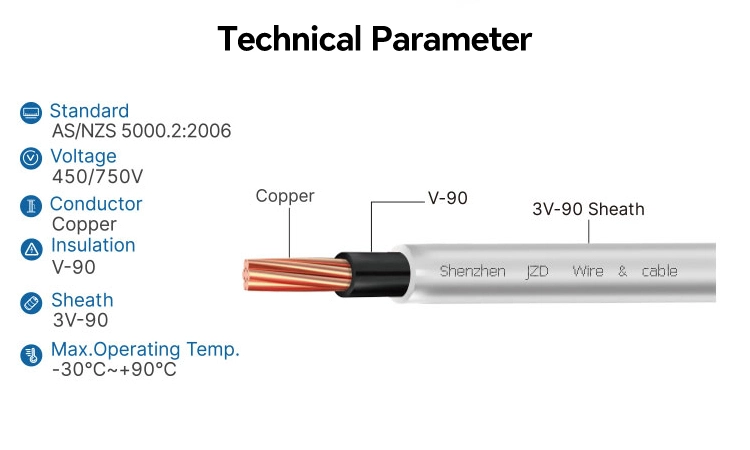
Key Features
-
Easy Installation: Flexible and easy to route through conduits, reducing installation complexity. -
Safety: Passes stringent flame-retardant tests and complies with RoHS environmental standards. -
Certification: Meets Australian SAA certification, making it suitable for markets in Australia and New Zealand.
Applications
- Residential & Commercial Buildings: Ideal for switchgear, control panel wiring, and fixed installations in homes or commercial spaces.
- Industrial & Power Systems: Widely used in power plants, industrial equipment, and electrical companies to meet high-load and complex environmental demands.
- Special Environments: Suitable for direct burial or underground conduit applications in residential, commercial, and industrial settings. Also used in mobile scenarios like prefab houses, containers, cold storage units, and RVs.
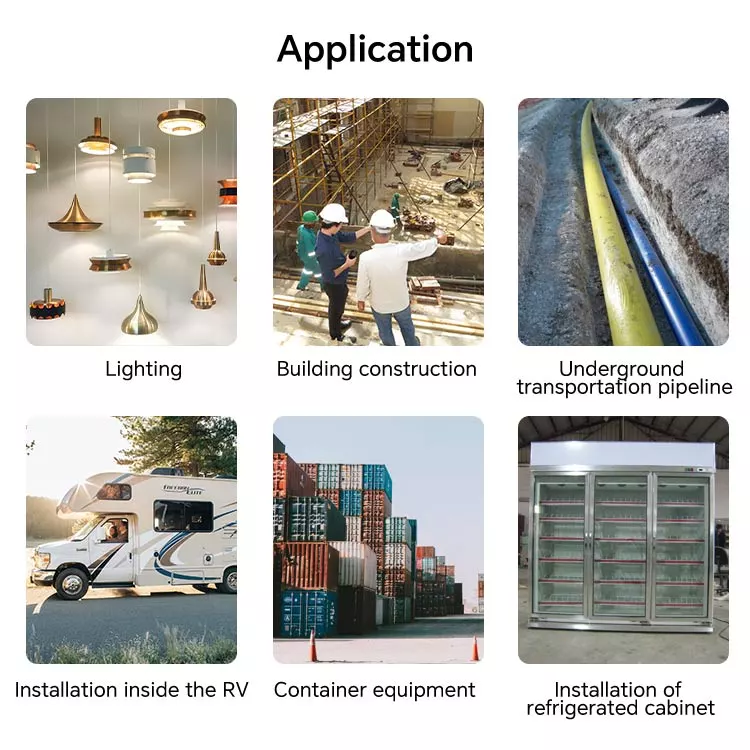
Common Mistakes in Cable Selection
-
Incorrect conductor size or voltage rating – may cause overheating, voltage drops, or safety hazards. -
Improper installation – excessive bending or compression can damage insulation. -
Ignoring environmental conditions – temperature, chemical exposure, and mechanical stress affect cable longevity. -
Using low-quality cables – may save costs initially but lead to failures, short circuits, or safety risks. -
Overlooking certifications – non-compliance with UL, CE, or TUV standards can result in regulatory issues.




